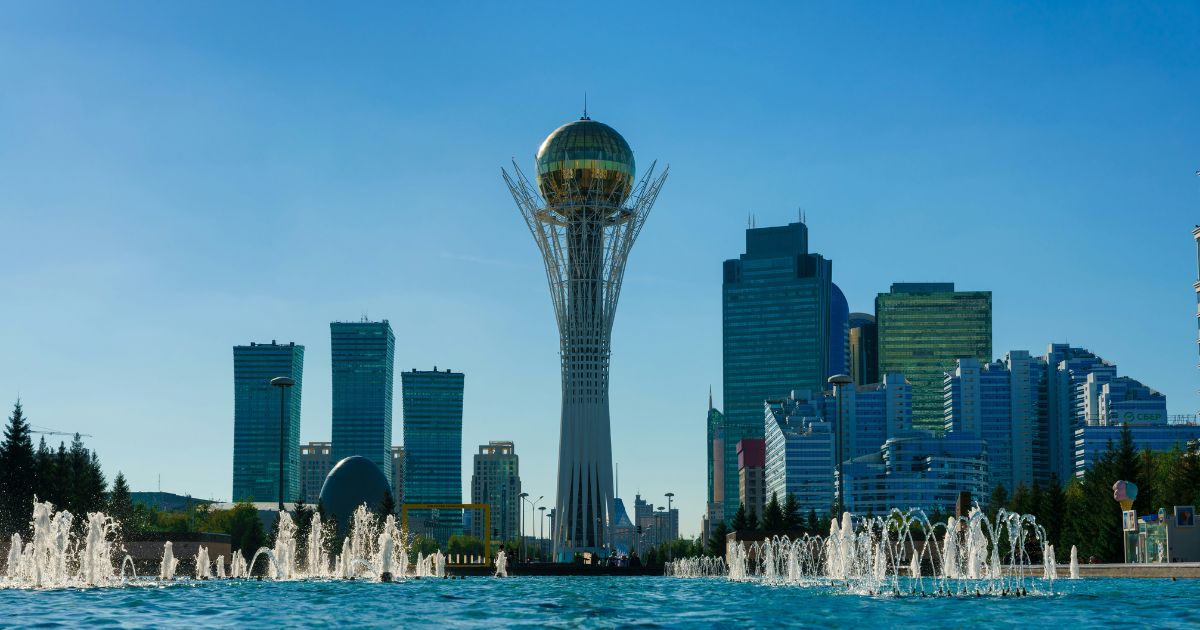Israel launched a large-scale ground invasion of Gaza City on 16th September, amplifying a war that has already ravaged the area for almost two years. Thousands of Palestinians escaped the city in cars packed with mattresses and belongings, jamming coastal highways, as Israeli soldiers moved in after weeks of bombing. The operation is intended to destroy Hamas’s remaining military infrastructure, but officials provided no deadline, with the media guessing the campaign might take months.
Israeli Defense Minister Israel Katz proclaimed, “Gaza is burning,” when intense shelling pounded the city and soldiers poured in from the periphery. This attack came alongside a UN Human Rights Council report charging Israel with genocide in Gaza—a charge Israel vehemently denied as “distorted and false.” American Secretary of State Marco Rubio had traveled to the area, threatening that there is a “very short window of time” to negotiate a ceasefire. In spite of the offensive, Prime Minister Benjamin Netanyahu had reaffirmed a White House visit on Sept. 29, which would be his fourth with President Donald Trump since January.
Regional Tensions and Humanitarian Crisis
Tensions stretched beyond Gaza as an Iranian-backed Houthi rebel missile prompted rocket sirens in Jerusalem and Tel Aviv. Israel stated it was working on intercepting the projectile following airstrikes against Hodeida, Yemen, and has, time and again, encountered such attacks from the Houthis, which have been intercepted or fallen harmless for the most part.
On the ground in Gaza, widespread displacement continues under conditions of famine.
Residents recounted fleeing with few belongings and sleeping in unhygienic conditions. An estimated 1 million Palestinians had resided in Gaza City before the offensive; Israel estimates 350,000 have fled, while the UN reports more than 220,000 have fled northern Gaza over the last month.
Israeli military officials stated the “main phase” of the operation had started, attacking an estimated 2,000 to 3,000 remaining Hamas militants and their underground tunnels. Hamas today mainly operates guerrilla-style attacks using small units to set up explosives or bomb military outposts.
Casualties and Hospital Strain
Palestinian hospitals saw heavy casualties. Shifa Hospital received 49 dead bodies, 22 of which were children, and Al-Ahli Hospital and Al-Quds Hospital received 17 and 3 dead bodies, respectively. The doctors reported relentless bombing all night, with many civilians still buried under the rubble.
The Israeli army has not responded to the latest attack yet, but has in the past blamed Hamas for hiding military equipment among civilians.




